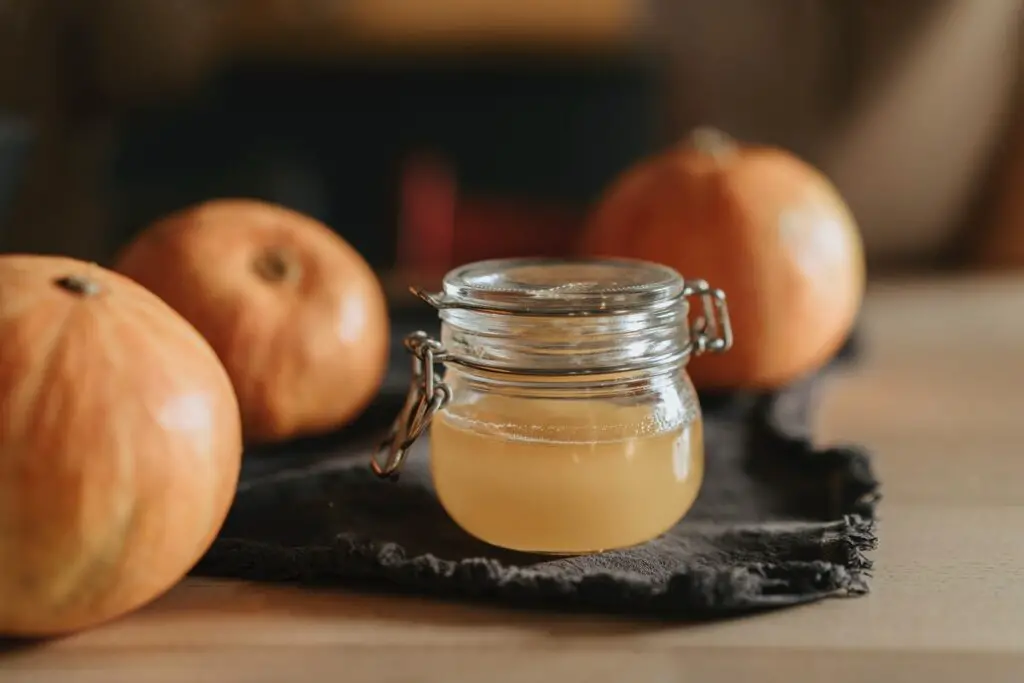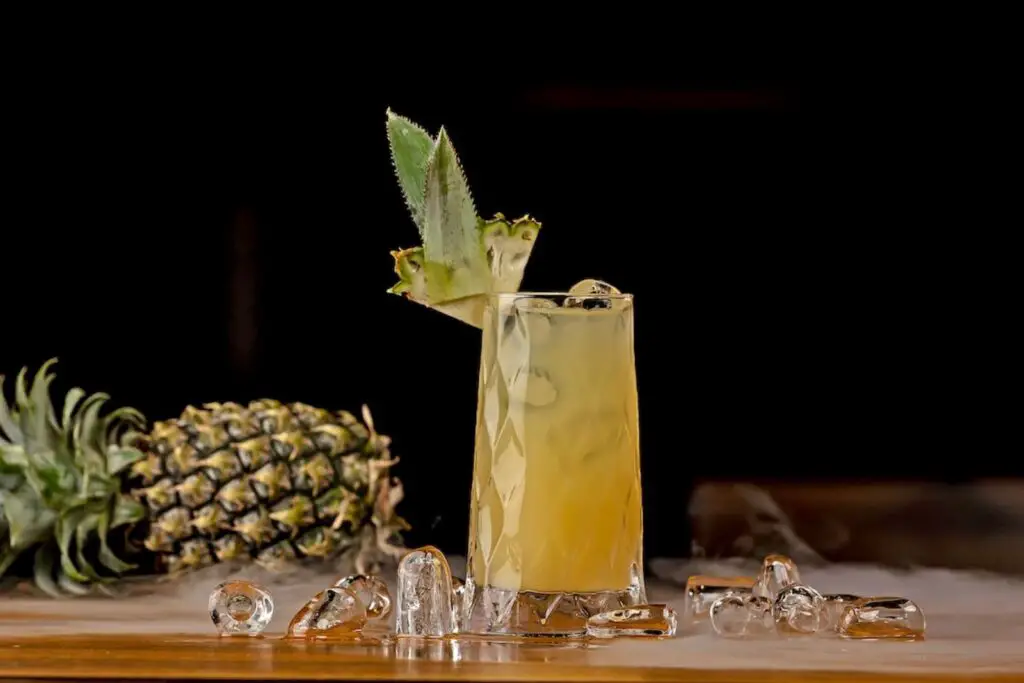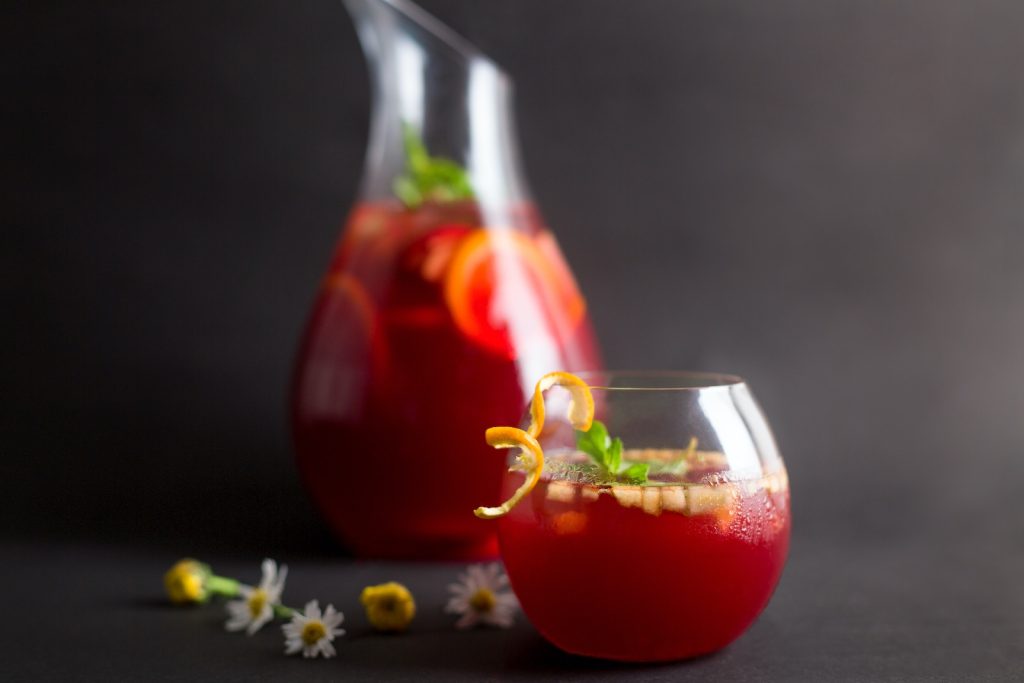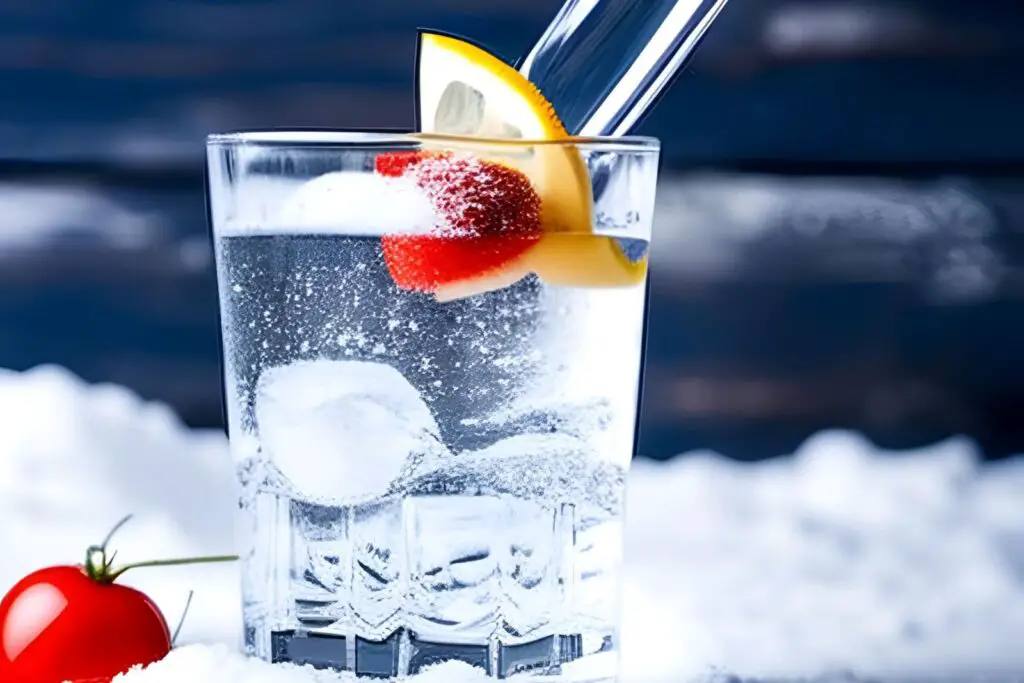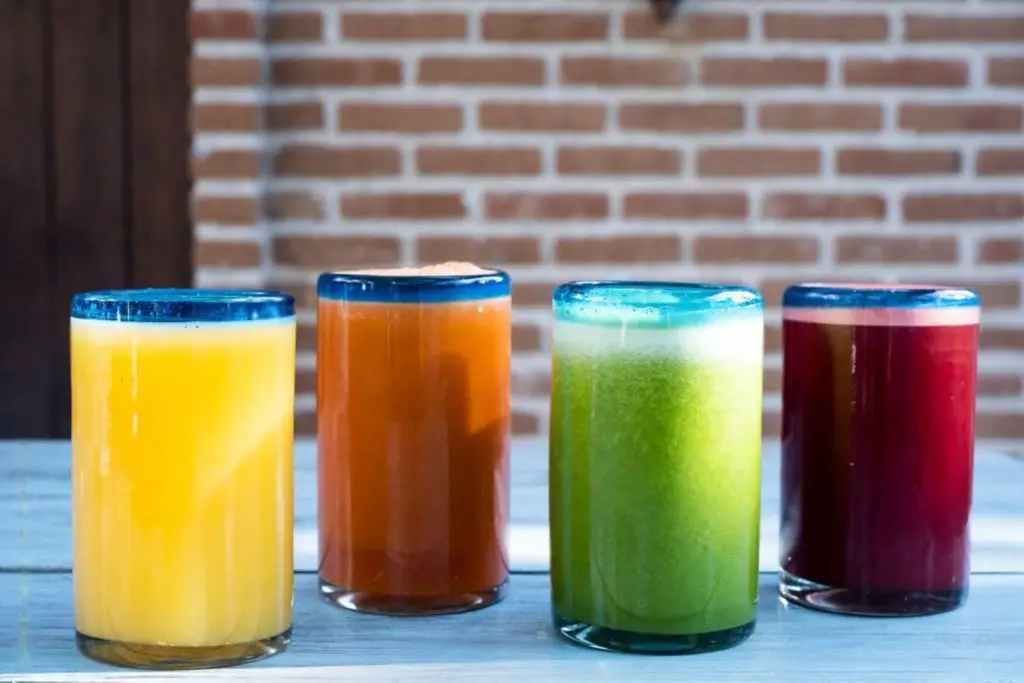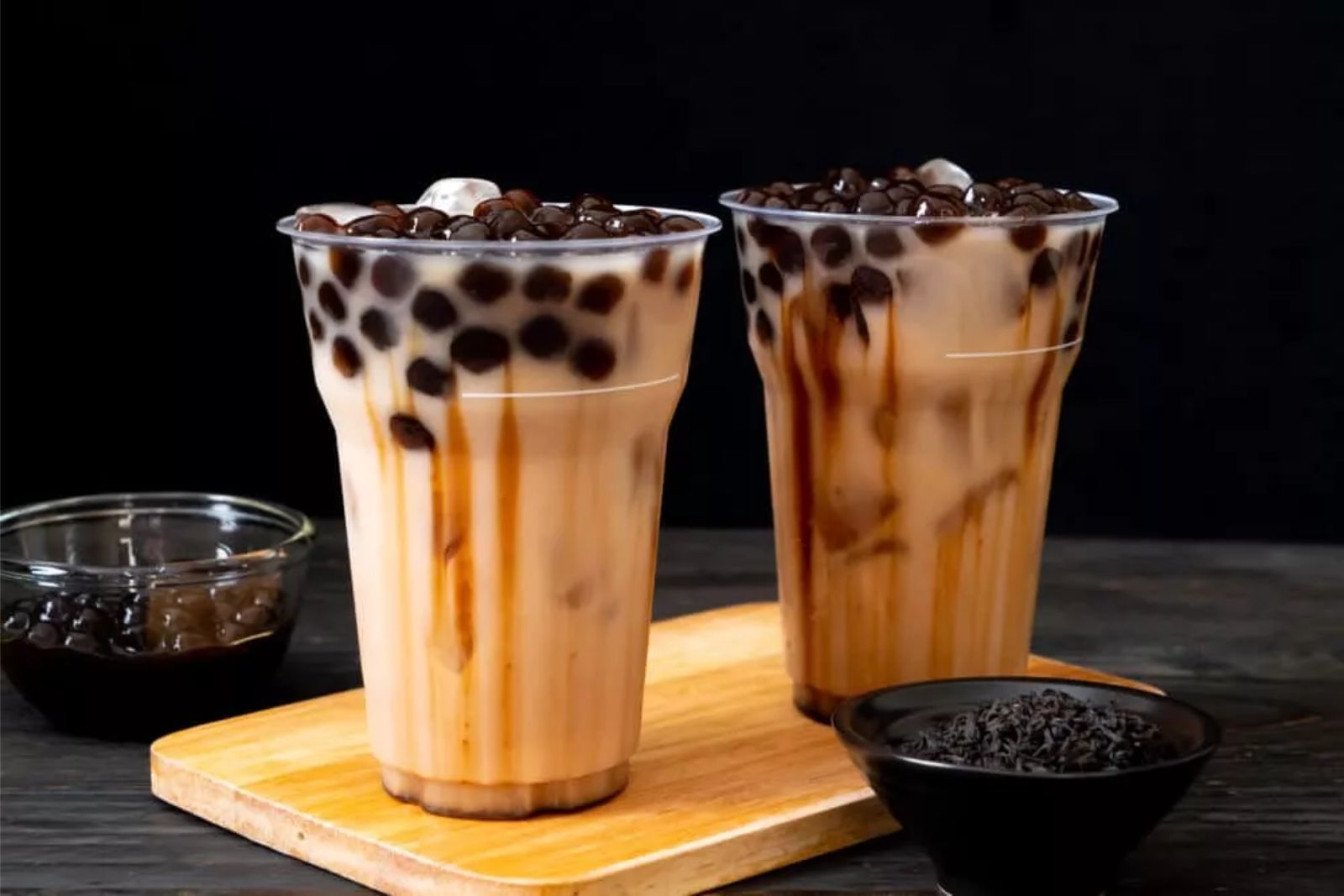
Boba, those delightful chewy tapioca pearls that add an extra layer of fun to your beverages, have taken the world by storm. These little pearls, originating from Taiwanese bubble tea, are now a popular addition to various drinks. Whether you’re a fan of classic milk tea or adventurous fruit blends, boba pearls provide that satisfying chewiness. While enjoying boba immediately is a treat, you might find yourself wondering how to freeze boba to have a stash ready for your next drink craving. With a simple set of steps, you can freeze boba while preserving their delightful texture and flavor. This article outlines a comprehensive guide to freezing boba, ensuring they’re as enjoyable as the day you got them.
Here’s a step-by-step guide on how to freeze boba:
Step 1: Obtain High-Quality Boba Pearls
When embarking on the journey of freezing boba pearls, the initial and paramount step is to secure boba pearls of the highest quality. The quality of the boba pearls you choose plays a pivotal role in determining the outcome of the freezing process and the ultimate enjoyment of your future boba beverages.
Freshness stands as a key criterion here. Opt for boba pearls that are as fresh as possible, ideally sourced from a reliable supplier. Fresh boba pearls possess an inherent ability to withstand the freezing process more effectively, preserving their unique chewy texture and preventing undesirable changes that can occur during freezing and thawing.
High-quality boba pearls are characterized by their plumpness and smooth, uniform appearance. Inspect the pearls for any signs of brittleness, discoloration, or uneven texture, as these can indicate lower quality. When frozen, fresh boba pearls will maintain their integrity and mouthfeel, adding that satisfying chewiness to your drinks even after being frozen.
In contrast, using lower-quality or dried-out boba pearls can result in texture degradation and flavor loss. Such pearls may become overly chewy, mushy, or even hard after freezing, substantially diminishing the delightful experience they bring to your beverages.
Step 2: Prepare the Boba Pearls
Once you’ve secured high-quality boba pearls, the next crucial step in the freezing process involves preparing the pearls for their icy preservation. This step is especially important if you’ve obtained dried boba pearls, which require rehydration before freezing to ensure they maintain their desirable texture and taste.
Dried boba pearls, although compact and shelf-stable, need to undergo a rehydration process to regain their characteristic chewy and delightful consistency. The process typically involves following the instructions provided on the packaging of the boba pearls. These instructions may vary depending on the brand and type of boba pearls you have, so it’s essential to read and adhere to the guidelines to achieve optimal results.
A common method for rehydrating boba pearls is by soaking them in warm water. This encourages the pearls to absorb moisture and expand, gradually softening and becoming pliable. Alternatively, some boba pearls might require a brief cooking process instead of, or in addition to, soaking. This usually entails simmering the pearls in water until they reach the desired chewiness.
Step 3: Cook the Boba Pearls
With your rehydrated boba pearls now ready, the next pivotal step is to cook them to achieve the signature chewy texture that boba pearls are renowned for. Cooking the boba pearls not only ensures their appealing mouthfeel but also enhances their flavor and overall enjoyment when added to your favorite drinks.
The cooking process largely centers around boiling the boba pearls. This involves placing the rehydrated pearls in a pot of boiling water and allowing them to cook until they attain a translucent appearance. The pearls begin as opaque and starchy but transform during cooking into the distinctively chewy, nearly transparent orbs that characterize boba pearls.
It’s essential to follow the cooking instructions provided on the package of the boba pearls. These instructions often include guidelines for the recommended cooking time to achieve the desired texture. However, it’s worth noting that cooking times can vary based on factors such as the size and type of pearls, as well as personal preferences for chewiness.
As the boba pearls cook, consider taste-testing them periodically to assess their texture. The ideal boba pearl should be soft and chewy, with a slight resistance when bitten into. Overcooking can lead to overly soft and mushy pearls, while undercooking may result in pearls that are too hard or starchy. The taste test will help you determine when the pearls have reached the perfect balance between tenderness and chewiness.
Can I freeze boba pearls straight from the package?
Freezing boba pearls straight from the package is not recommended. Cooking the pearls before freezing ensures desired texture and prevents clumping. Properly cooked and prepared pearls freeze better for future use in beverages.
Step 4: Cool and Rinse
Having expertly cooked your boba pearls to achieve that coveted chewy texture, it’s time to transition to the crucial step of cooling and rinsing. This step plays a vital role in preserving the texture and quality of the boba pearls during the freezing process, ensuring that they remain separate and easy to use in your future frozen boba creations.
As soon as your boba pearls have reached the desired level of chewiness, promptly drain them. This helps remove any residual cooking water and prevents overcooking. The goal here is to halt the cooking process swiftly to retain the pearls’ optimal texture.
Following the draining, the next essential action is to rinse the cooked boba pearls under cold water. This serves multiple purposes in the preservation process. Firstly, the cold water effectively cools down the pearls, preventing them from continuing to cook from the residual heat. Rapid cooling helps maintain the chewy consistency you worked hard to achieve.
Secondly, the rinsing step serves to remove excess starch that may have been released during the cooking process. Starchy boba pearls have a tendency to clump together when frozen, forming unappetizing lumps that are challenging to work with. By rinsing the pearls, you effectively wash away this excess starch, ensuring that each pearl remains separate and free-flowing when you’re ready to use them in your beverages.
After rinsing, it’s important to drain the boba pearls thoroughly once again. You want to eliminate as much excess moisture as possible to prevent the pearls from freezing together in a solid mass.
Step 5: Flash-Freezing the Boba Pearls
As you progress in your journey to freeze boba pearls, you’re now at a crucial juncture where the technique of flash-freezing comes into play. This step is a pivotal moment in the freezing process, determining how the boba pearls will behave during storage and subsequent use. Flash-freezing ensures that each individual pearl remains separate and maintains its distinct chewiness, enhancing your overall boba-drinking experience.
To begin, prepare a baking sheet by lining it with parchment paper. This prevents the boba pearls from sticking to the surface and facilitates their easy removal once frozen.
Next, take your freshly cooked and rinsed boba pearls and arrange them meticulously on the parchment-lined baking sheet. The key here is to ensure that the pearls are spread out in a single layer without any clumps or clusters touching each other. This even distribution is critical for the flash-freezing process to work effectively.
Placing the baking sheet loaded with arranged boba pearls in the freezer achieves the goal of flash-freezing. Flash-freezing involves exposing the pearls to extremely cold temperatures in a rapid manner. This quick freeze prevents the formation of large ice crystals within the pearls, which can compromise their texture and integrity. Instead, the rapid freezing forms small ice crystals that have minimal impact on the pearls’ structure.
Why is this step so crucial? Flash-freezing boba pearls individually prevents them from sticking together during the freezing process. If the pearls were to freeze in clumps, they would be difficult to separate when you want to use them, leading to uneven thawing and potential texture issues. By freezing each pearl individually, you ensure that they remain loose and easy to scoop out when needed.
Ultimately, the flash-freezing step is your assurance that your boba pearls will be freezer-ready without the risk of clumping. When it comes time to create your frozen boba beverages, you’ll be able to effortlessly measure out the desired quantity of pearls, resulting in drinks that are consistent, flavorful, and filled with that signature boba chewiness that we all love.
Step 6: Portion and Package
With your boba pearls now individually frozen and ready for extended storage, it’s time to move on to the step of portioning and packaging. This step adds a layer of convenience to your frozen boba pearls, allowing you to retrieve just the right amount for your drink without the need to thaw the entire batch.
Begin by removing the baking sheet of frozen boba pearls from the freezer. Take care not to delay this step too long to prevent any potential thawing.
Now, it’s time to portion the boba pearls for future use. The goal here is to divide the pearls into manageable serving sizes, making it easy to create consistent and enjoyable boba beverages whenever you desire. Depending on your preferences and typical serving sizes, you can portion the boba pearls into individual servings, pairs, or any other portion that suits your needs.
The next step involves packaging the portioned boba pearls. Opt for resealable plastic bags or airtight containers that are appropriately sized for the portions you’ve created. These containers should provide a reliable barrier against freezer burn and moisture, preserving the texture and flavor of the pearls over time.
When portioning and packaging, ensure you remove as much air as possible from the bags or containers before sealing. This minimizes the risk of freezer burn, which can occur when air comes into contact with frozen food.
Is vacuum sealing a good option for freezing boba pearls?
Vacuum sealing may affect boba pearls’ texture due to pressure changes. Use airtight containers or resealable bags for better results. These methods preserve pearls’ quality without altering their chewiness.
Step 7: Label and Date
As you complete the packaging of your boba pearls, it’s time to incorporate an essential organizational step that ensures the quality and freshness of your frozen treasure. Labeling and dating your packaged boba pearls play a critical role in maintaining an efficient rotation system, helping you enjoy your frozen boba while they’re at their best.
When labeling, simply jot down the date on which you froze the boba pearls. This date provides crucial information about the age of the pearls and serves as a reference point for their optimal consumption. Over time, boba pearls can undergo subtle changes in texture and flavor, which can impact the overall quality of your boba beverages. By labeling with the freezing date, you’re able to monitor the pearls’ freshness and make informed decisions about their usage.
The principle of “first in, first out” (FIFO) comes into play here. This means that you should use the oldest frozen boba pearls first before moving on to more recently frozen ones. Labeling the freezing date on each package or container helps you adhere to this principle, ensuring that you enjoy your boba pearls in the order that maintains their peak quality.
Furthermore, knowing the freezing date can also aid in planning. If you have a surplus of boba pearls that you froze at different times, you can prioritize using the older ones and adjust your consumption accordingly. This practice prevents any pearls from being forgotten or left in the freezer for an extended period, which could lead to a decrease in their overall quality.
Step 8: Freezer Storage
With your boba pearls carefully portioned, packaged, and labeled, you’re now ready to enter the stage of freezer storage. This step is crucial to maintaining the integrity and quality of your frozen boba pearls, ensuring they remain a delightful addition to your beverages even after extended periods of storage.
Place the labeled boba bags or airtight containers into the freezer. When doing so, it’s important to be mindful of where you position them within the freezer. Optimal freezer storage involves two key considerations: isolation and avoiding flavor transfer.
- Isolation: To prevent the frozen boba pearls from sticking together or getting crushed, make sure they’re placed on a flat surface in a way that allows them to freeze individually without coming into contact with other items or surfaces. This is especially relevant if you’ve used bags for storage. A flat orientation minimizes the risk of clumps forming and ensures that your boba pearls retain their separate, individual nature.
- Avoiding Flavor Transfer: Additionally, take care to position the boba bags or containers away from strong-smelling foods or items with potent aromas. The freezer environment can cause flavors to intermingle, which might lead to your boba pearls absorbing unwanted tastes or odors from neighboring items. To preserve the authentic taste of your boba pearls, ensure they’re kept in an area that’s relatively isolated from other items in the freezer.
By strategically placing your labeled and packaged boba pearls in the freezer, you’re setting the stage for a successful preservation process. These careful storage practices contribute to maintaining the boba pearls’ chewy texture, flavor, and overall quality, allowing you to enjoy your favorite boba beverages with the assurance that each pearl is as delightful as the last.
How long can boba last in the freezer?
Boba pearls can last in the freezer for about 2 to 3 months without significant loss of quality. Properly packaged and stored at a consistent temperature of 0°F (-18°C), they can retain their taste and texture. To ensure optimal freshness, adhere to the “first in, first out” principle and avoid exposure to temperature fluctuations.
Other related questions
How do I defrost boba?
To defrost boba, transfer the desired portion from the freezer to the refrigerator. Allow it to thaw slowly for several hours or overnight. Avoid microwaving or using hot water to prevent texture degradation.
Can I refreeze boba?
Refreezing boba pearls is not recommended, as it can negatively impact their texture and taste. Once thawed, boba pearls may become mushy or lose their chewiness. Consume thawed boba promptly and avoid refreezing for optimal quality.
How do I know if the boba has gone bad after being frozen?
When boba pearls have gone bad after freezing, they may exhibit signs of freezer burn, such as ice crystals or dry, shriveled appearance. Their texture could become excessively mushy or hard, indicating deterioration. Off smells or altered flavors are also indicators of spoilage.
Can I freeze boba pearls in syrup or sugar water?
Freezing boba pearls in syrup or sugar water is discouraged. Excess moisture can cause clumping during freezing. For best results, freeze cooked and drained boba pearls individually on a baking sheet before packaging.
Can I freeze leftover bubble tea with boba pearls?
Freezing leftover bubble tea with boba pearls is possible but might affect texture and taste. Pearls could become less chewy and absorb excess liquid. Consider freezing pearls separately for better preservation and maintaining their desired quality.
Can I freeze flavored boba pearls like matcha or taro?
Yes, you can freeze flavored boba pearls like matcha or taro. Cook and prepare them before freezing for optimal quality. Freezing preserves their flavor and texture, enhancing your boba experience.
Can I use frozen boba pearls in recipes other than drinks?
Certainly, frozen boba pearls can be creatively used in various recipes beyond drinks. Experiment with desserts, ice creams, yogurt parfaits, and more. Their chewy texture adds a unique twist to culinary creations, enhancing both taste and presentation.

